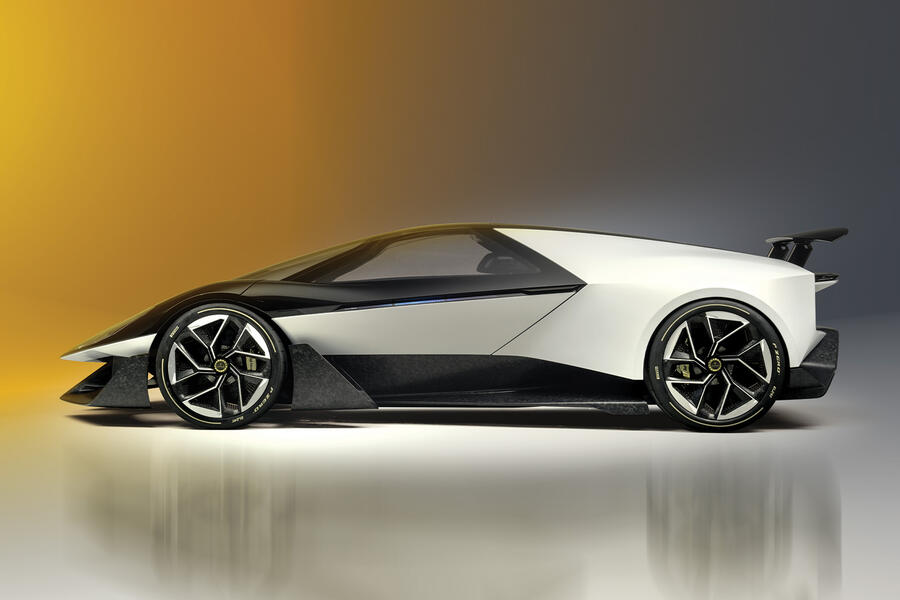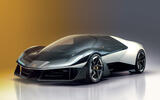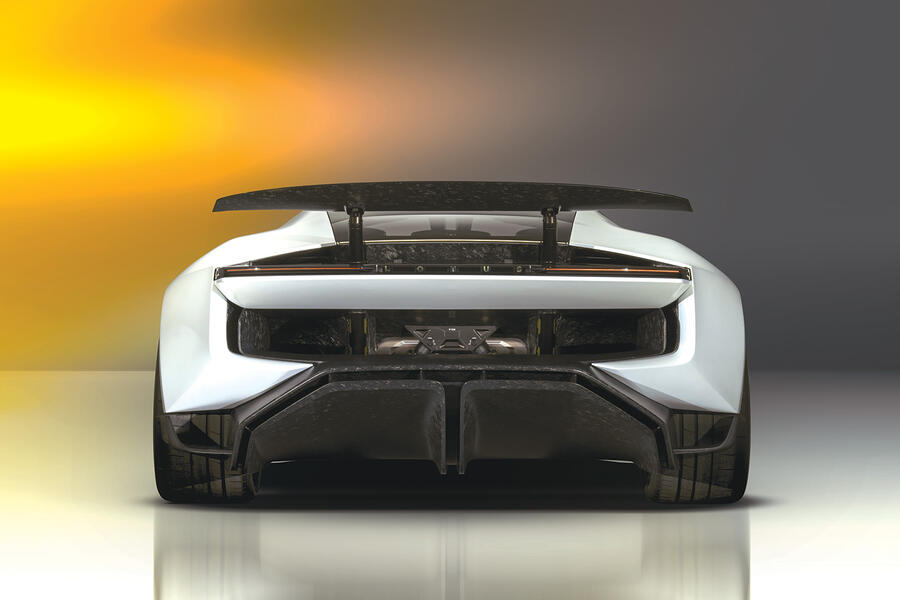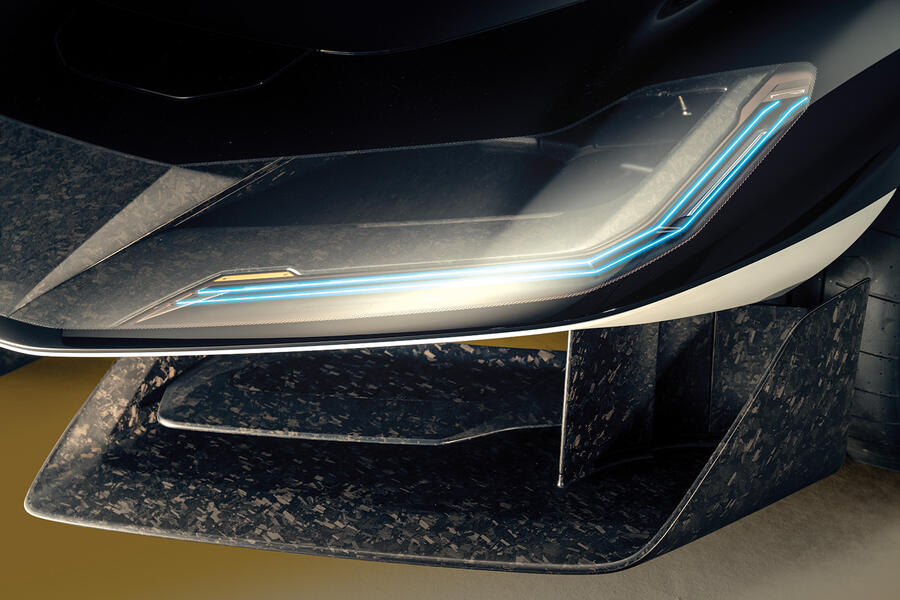The radical new Lotus Theory 1 concept is a three-seat, 986bhp supercar designed to evoke the spirit of the Esprit as a brand-building performance showcase that will be a “blueprint” for all of the firm’s future cars.
The new supercar uses a twin-motor all-wheel-drive electric powertrain that draws energy from a 70kWh battery mounted next to the rear motor in the lightweight carbonfibre tub.
It has a claimed 0-62mph time of less than 2.5sec and a top speed of 199mph. The Theory 1 displays subtle styling nods to the Series 1 Esprit, but the link is more in the ethos of the project.
The Theory 1 displays subtle styling nods to the Series 1 Esprit, but the link is more in the ethos of the project. “When the Esprit launched, it was a superbold expression of futurism,” said Lotus chief creative officer Ben Payne.
“We’re taking that ideology and trying to work out what it means today.” While the Theory 1 is officially a concept – which explains why it doesn’t have a Lotus Type number – Payne said around 85% of its technical features are production-ready, and he hinted that a road-going version could follow.
“We create these things to gauge public reaction, so we will listen to what people say,” he said. “There are elements of it that you will see quickly in other vehicles and parts that will inform many other things.”
Lotus Theory 1 design and styling
Lotus kick-started its electric reinvention under Geely ownership with the 2011bhp Evija hypercar, which was followed by the Eletre SUV and the Emeya saloon, with a smaller SUV due to follow.
The Theory 1 showcases the fi rm’s vision for the next wave of vehicles – and it is purposefully positioned as a supercar rather than a hypercar.
“It’s high performance, but not the ultimate extreme end of it,” said Payne. “It’s about a balanced proposition with a fantastic car and a great user experience, which can give some real direct translation of our core brand back into an electric performance vehicle.”
The concept showcases Lotus’s new ‘design manifesto’, termed DNA, for ‘Digital, Natural and Analogue’. The approach is based around the use of intelligent technology and performance engineering to develop driver-focused cars.
Styling for the Theory 1 was led by the team at Lotus’s design centre in Coventry, and the concept sits on a bespoke platform. The Theory 1 is 4490mm long and just 1140mm tall, with a 2650mm wheelbase.





























Join the debate
Add your comment
I don't remember getting into my Time Machine this morning, but haven't we been here before?
Oh another car that most of us can't afford, hope the sales of posters keep them afloat.
What happened to sports cars being produced that can be an every day car or a second fun weekend car without stupid bhp and if an EV with at least a battery to get further than the end of the road.
Left to the MX-5 or MG Cyberster I assume, well at least Mazda/MG actually make these.
Does the world need another unaffordable thousand horsepower hypercar? Or one which has the possibility to discharge its tiny 70kWh battery in rather less than 10 minutes?
Right now EV batteries are great for small commuter cars but pretty much useless for supercars HGVs and aircraft.